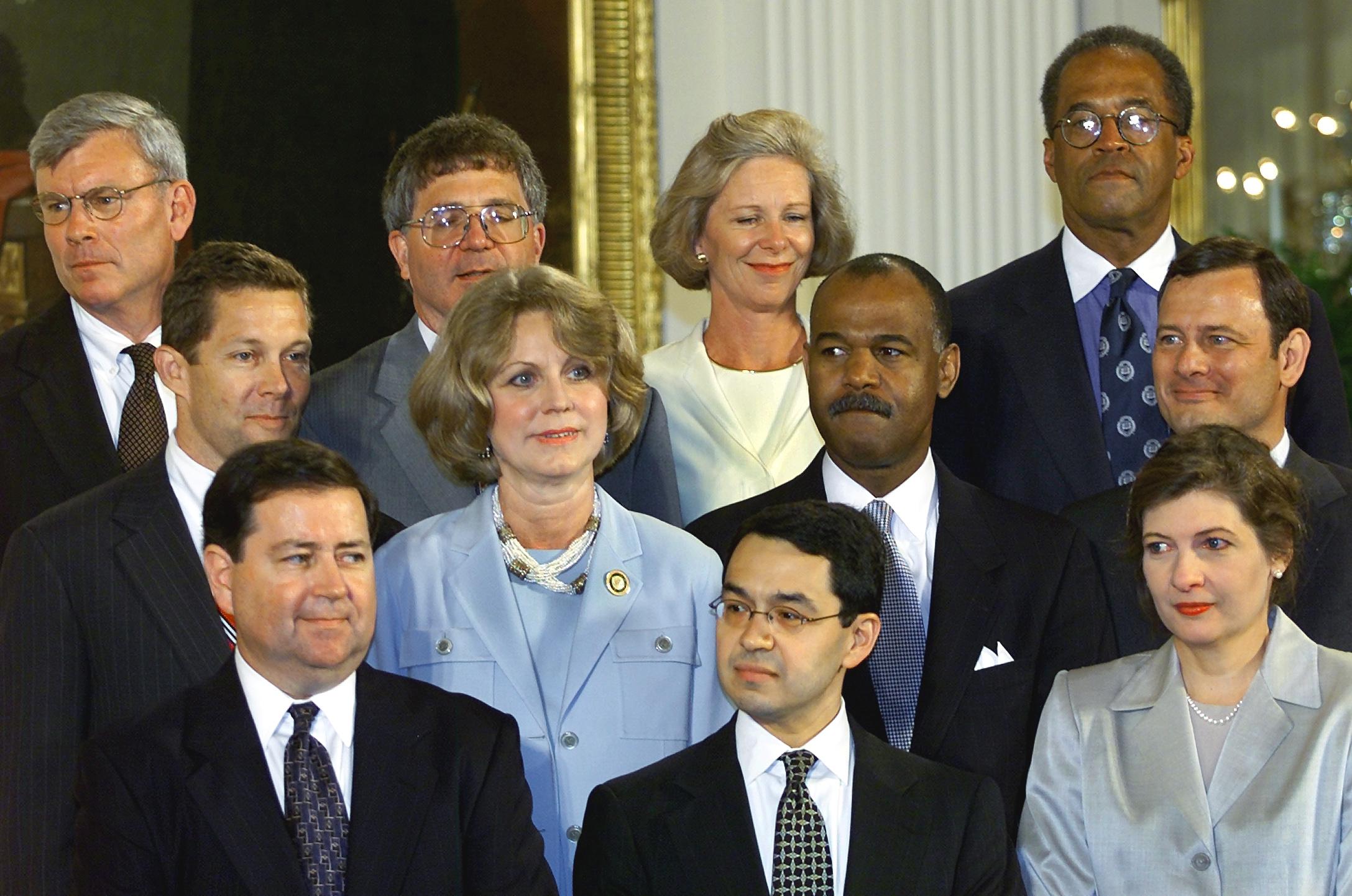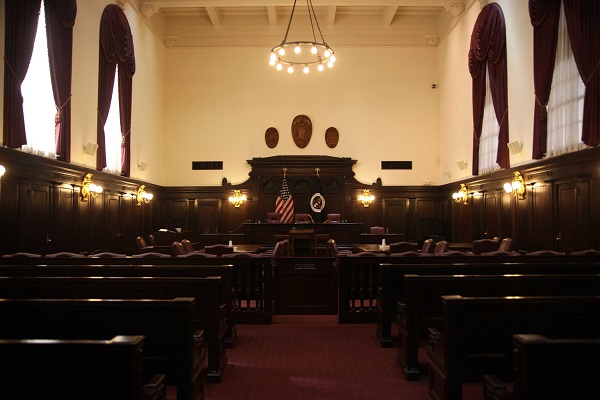

Next, the Fifth Circuit found that OSHA had failed to show that the ETS was necessary to protect workers from a grave danger. The Fifth Circuit concluded that the ETS did not satisfy these requirements. Second, to be lawfully enacted, an emergency temporary standard must: (1) address “substances or agents determined to be toxic or physically harmful” or “new hazards” in the workplace (2) show that workers are exposed to such “substances,” “agents,” or “new hazards” in the workplace (3) show that said exposure places workers in “grave danger” and (4) be “necessary” to protect workers from such grave danger. In issuing the ETS, however, OSHA acted with a “one-size-fits-all sledgehammer,” rather than a “delicately handled scalpel,” and failed to account for differences in workplaces and workers that bear on workers’ susceptibility to the grave danger that the ETS purports to address. § 655(c) – which it may do without going through notice-and-comment rulemaking – is an “extraordinary power” that is to be “delicately exercised” in limited situations. On November 12, 2021, the Fifth Circuit issued an opinion, which serves as a strong critique of the ETS and lays out several reasons why that Court believed the challenges are likely to succeed, any one of which would be sufficient reason for the Sixth Circuit to vacate the ETS.įirst, the Fifth Circuit observed that OSHA’s authority to establish emergency temporary standards under 29 U.S.C. Court of Appeals for the Sixth Circuit, which will hear the consolidated cases and ultimately decide whether the ETS is a valid exercise of OSHA’s authority.īefore the multi-circuit lottery was held, however, one of the circuits wherein challenges were filed – the Fifth Circuit – issued a temporary stay of the ETS. The JPML held the lottery in the ETS cases on November 16, 2021. Judicial Panel on Multidistrict Litigation (“JPML”). When lawsuits are filed in multiple Circuit Courts challenging the same agency action, the lawsuits will be consolidated before one Court of Appeals, to be selected in a “lottery” conducted by the U.S. In fact, through November 15, 2021, lawsuits were pending in 12 different federal Circuit Courts of Appeals across the country. We summarized the ETS in a previous post.Īlmost immediately after it was published, the ETS sparked a wave of lawsuits challenging OSHA’s authority to issue such a sweeping mandate without engaging in notice and comment rulemaking.


On November 5, 2021, the Occupational Safety and Health Administration (“OSHA”) published its much-anticipated COVID-19 Vaccination and Testing Emergency Temporary Standard (“ETS”) requiring, among other things, that most employees of companies with 100 or more employees submit to weekly COVID-19 testing and wear a face covering while at work indoors.


 0 kommentar(er)
0 kommentar(er)
